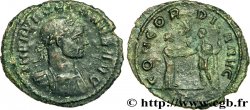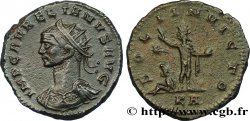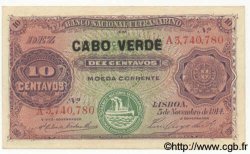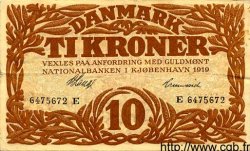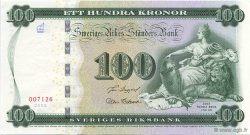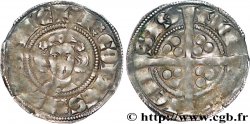brm_650781 - AURELIAN Aurelianus
Not available.
Item sold on our e-shop (2023)
Price : 125.00 €
Item sold on our e-shop (2023)
Price : 125.00 €
Type : Aurelianus
Date: printemps
Date: 274
Mint name / Town : Tripolis
Metal : billon
Millesimal fineness : 50 ‰
Diameter : 22 mm
Orientation dies : 12 h.
Weight : 4,08 g.
Rarity : R2
Coments on the condition:
Monnaie centrée. Joli revers ainsi qu’un buste agréable. Patine grise
Catalogue references :
Obverse
Obverse legend : IMP C AVRELIANVS AVG.
Obverse description : Buste radié et cuirassé d’Aurélien à gauche drapé sur l’épaule, vu de trois quarts en avant (B1).
Obverse translation : "Imperator Cæsar Aurelianus Augustus", (L'empereur césar Aurélien auguste).
Reverse
Reverse legend : SOL-I INVICTO./ *|-// KA.
Reverse description : Sol (Le Soleil) radié, nu, le manteau sur l’épaule gauche, debout à gauche, levant la main droite et tenant un globe de la gauche ; à ses pieds, à gauche, un captif assis, les mains liées dans le dos.
Reverse translation : “Soli Invicto”, (Au Soleil Invincible).








 Report a mistake
Report a mistake Print the page
Print the page Share my selection
Share my selection Ask a question
Ask a question Consign / sell
Consign / sell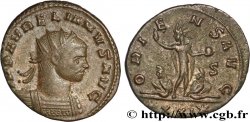
 Full data
Full data